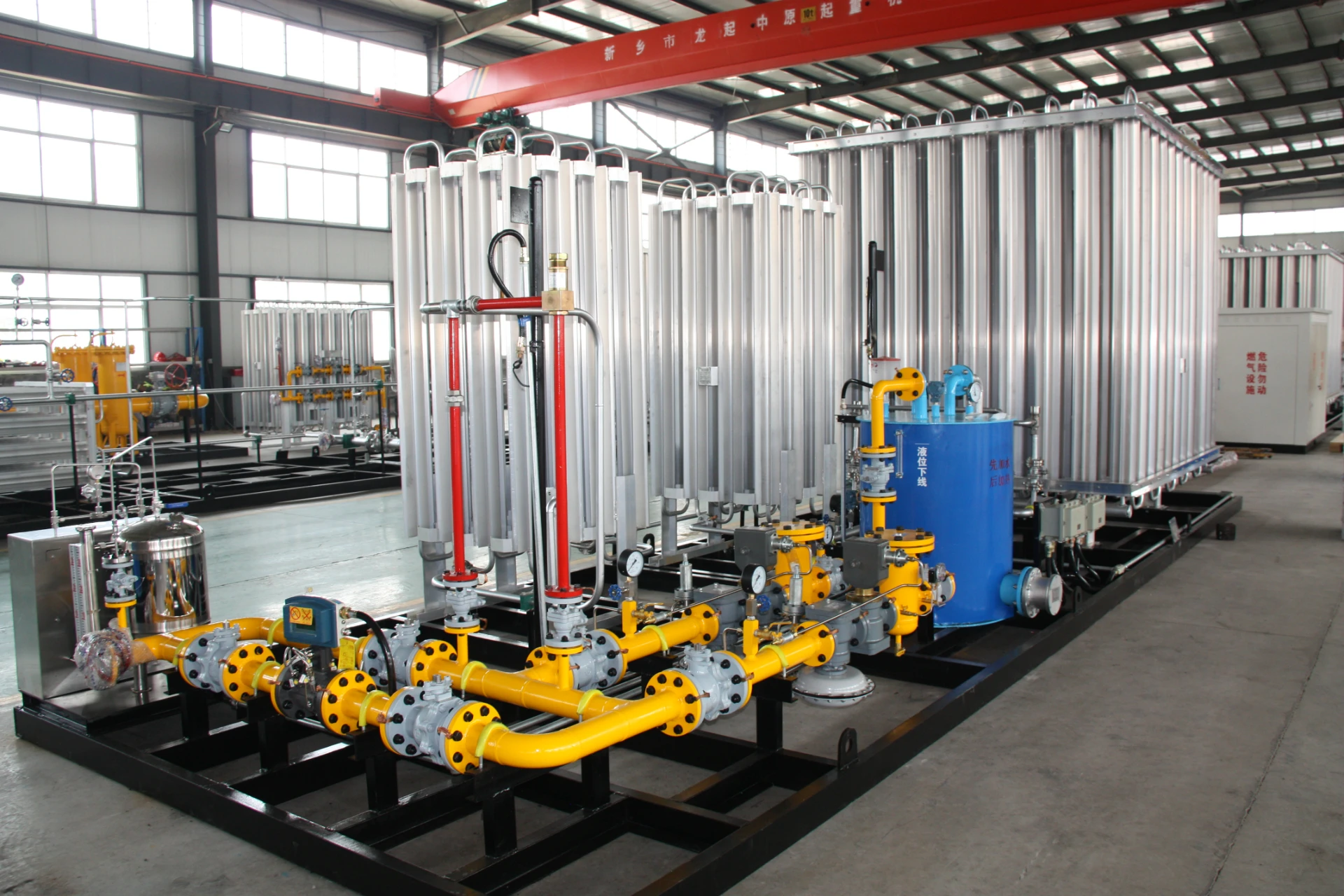
Nov . 11, 2024 13:28
Back to list
lng
Understanding LNG The Future of Energy
Liquefied Natural Gas (LNG) has emerged as a pivotal player in the global energy landscape. As the world shifts towards cleaner energy sources, LNG presents a viable alternative to traditional fossil fuels. This article delves into what LNG is, its production process, advantages, challenges, and its future in energy transition.
What is LNG?
Liquefied Natural Gas (LNG) is natural gas that has been cooled to a liquid state at about -162 degrees Celsius (-260 degrees Fahrenheit). This process reduces its volume by approximately 600 times, making it easier and more efficient to store and transport. LNG primarily consists of methane (CH4), with small amounts of other hydrocarbons. Once it reaches its destination, LNG can be regasified and distributed through existing natural gas pipelines for various uses, including heating, electricity generation, and as an industrial feedstock.
The Production Process
The production of LNG involves several key steps. First, natural gas is extracted from underground reservoirs, often alongside oil. This raw gas is then processed to remove impurities such as water, carbon dioxide, and sulfur compounds. Once purified, the natural gas undergoes a liquefaction process, where it is cooled in large cryogenic facilities. After liquefaction, the LNG is stored in insulated tanks and transported via specialized LNG carriers equipped with state-of-the-art technology to maintain low temperatures.
.
LNG offers numerous benefits compared to other energy sources. First and foremost, it is a cleaner-burning fuel. When combusted, LNG emits significantly fewer greenhouse gases and particulates than coal or oil, making it a more environmentally friendly option. Additionally, LNG can play a crucial role in energy security, providing countries with a reliable supply of energy, especially those lacking local fossil fuel resources.
lng

Another advantage is LNG's flexibility. It can be transported across vast distances, including to regions where natural gas infrastructure is underdeveloped. This ability allows for a diversification of energy sources, helping to stabilize prices and create competitive energy markets.
Challenges Faced by the LNG Industry
Despite its advantages, the LNG industry faces several challenges. One major hurdle is the high cost associated with building and maintaining LNG infrastructure, including liquefaction plants, carriers, and regasification terminals. These investments can be prohibitive, particularly for developing nations.
Furthermore, the LNG market is susceptible to price volatility, influenced by global demand and supply dynamics. Geopolitical tensions can also impact the stability and reliability of LNG supplies. Additionally, while LNG is cleaner compared to other fossil fuels, it is still a hydrocarbon energy source, raising concerns about greenhouse gas emissions during its extraction and transportation processes.
The Future of LNG
As the global community moves towards decarbonization, the future of LNG remains promising. The International Energy Agency (IEA) projects that LNG demand will continue to grow, driven by emerging economies seeking access to affordable and reliable energy sources. Furthermore, many countries are adopting LNG as a transitional fuel to bridge the gap toward a sustainable energy future.
Innovations in technology, such as carbon capture and storage (CCS) and advancements in liquefaction efficiency, could enhance the role of LNG in reducing carbon emissions. Additionally, the development of renewable natural gas (RNG) from organic waste presents an opportunity to create a circular economy around natural gas.
In conclusion, LNG represents a critical element in the current energy transition. While challenges exist, its potential for providing cleaner, reliable energy makes it a key player in shaping a sustainable energy future. As countries worldwide seek to balance energy demands with environmental responsibilities, LNG's role could be pivotal in creating a cleaner, more secure energy landscape.
Next:
Latest news
-
Safety Valve Spring-Loaded Design Overpressure ProtectionNewsJul.25,2025
-
Precision Voltage Regulator AC5 Accuracy Grade PerformanceNewsJul.25,2025
-
Natural Gas Pressure Regulating Skid Industrial Pipeline ApplicationsNewsJul.25,2025
-
Natural Gas Filter Stainless Steel Mesh Element DesignNewsJul.25,2025
-
Gas Pressure Regulator Valve Direct-Acting Spring-Loaded DesignNewsJul.25,2025
-
Decompression Equipment Multi-Stage Heat Exchange System DesignNewsJul.25,2025

